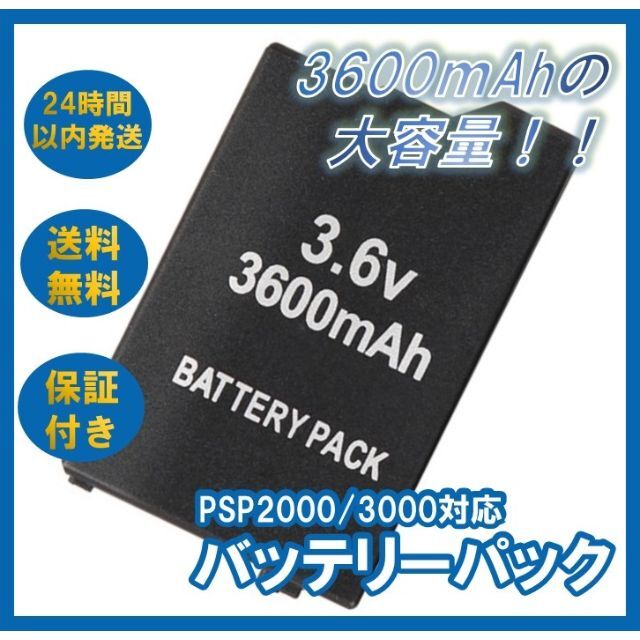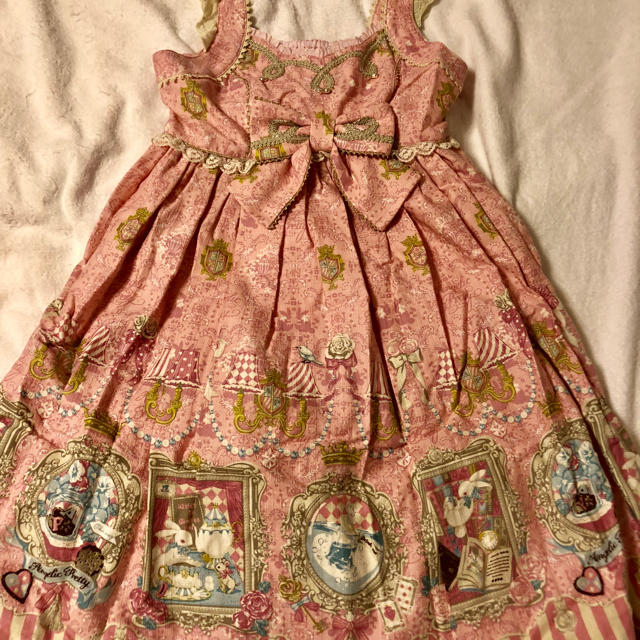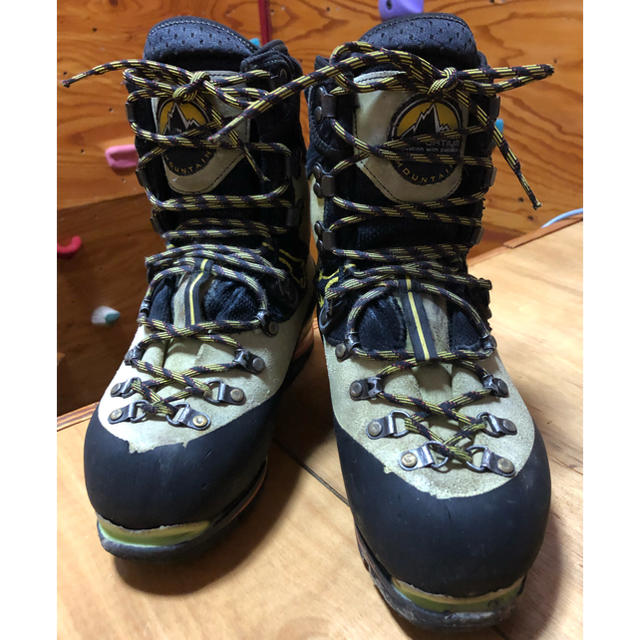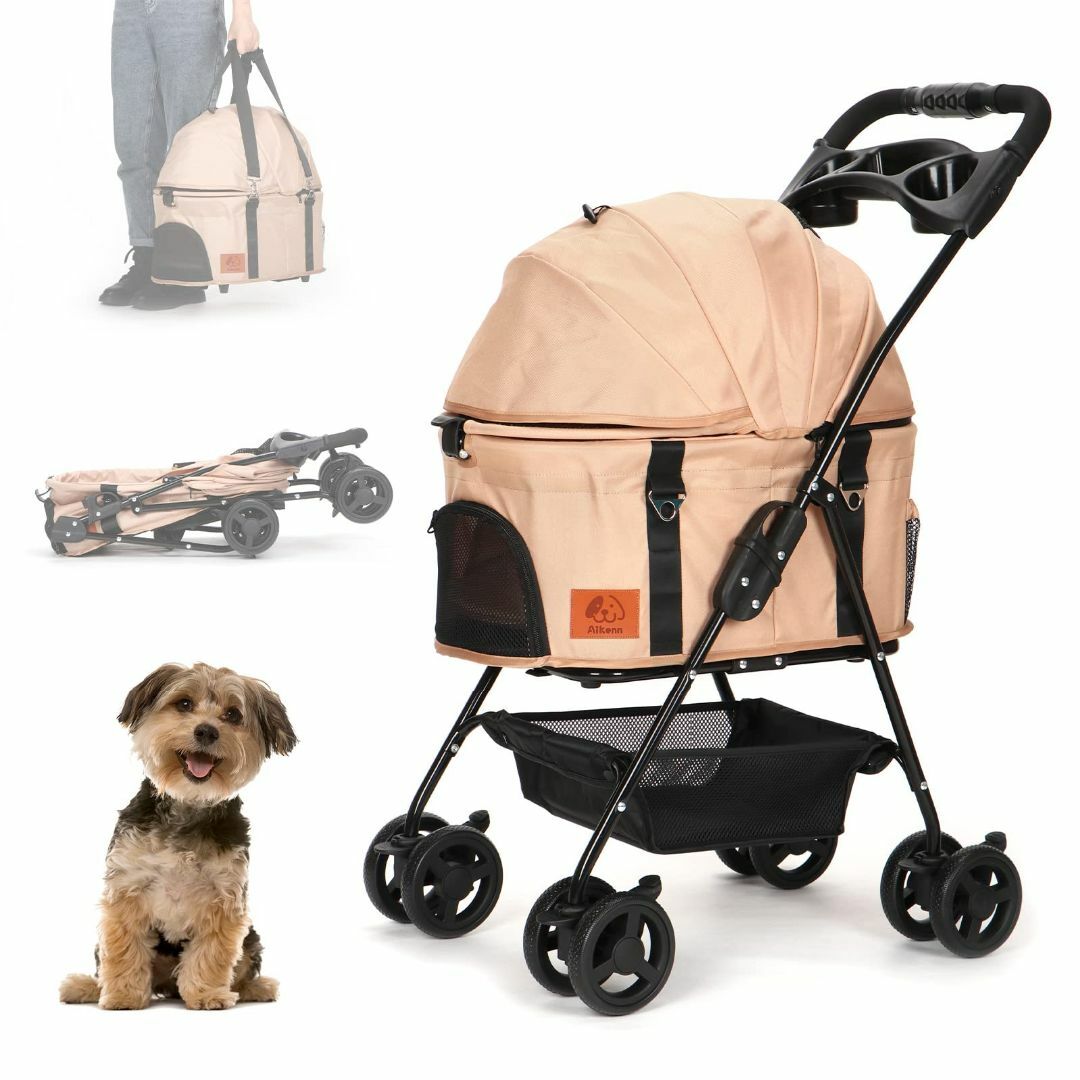商品の詳細




| カテゴリ | エンタメ/ホビー › ゲームソフト/ゲーム機本体 › 携帯用ゲームソフト |
|---|---|
| ブランド | PlayStation Portable |
商品の説明

PSP 3000レッド - 家庭用ゲーム本体

通販 PSP-3000 PSP-3000にスカイブルー⁄マリンブルーのツートン スカイ

販売数20万突破ソニー対応 PSP-3000 PSP-2000 互換 バッテリーパック PSP-S110 1200mAh 実容量高 高品質 ロワジャパン

後期型PSP PSP-2000 PSP-3000 対応 互換 バッテリーパック [video game] コード 06021

: ゲームテックス2個セットPSE認証済みPSP 2000

SONY PlayStationPortable PSP-3000 RR - その他

通販 PSP-3000 PSP-3000にスカイブルー⁄マリンブルーのツートン スカイ

誠実 ☆動作品☆ すぐに遊べるキット PSP-3000 おまけソフト
最新のクチコミ
やっぱり思ってたよりも小さい感じ! 送料の方が高いのが、ネックですね!!
- タメロー
- クチコミ投稿 1件
購入品
レビュー投稿遅くなり申し訳ございません。 磁気の強さ、明るさも申し分なしです。 追加購入させて頂こうと思っておりますので、これからも宜しくお願い致します。 毎日仕事で使用しており大変活躍しております。
- オレンジフレッシュ
- クチコミ投稿 1件
購入品
レディース・ヘアアクセサリー・その他キング
-
-
4
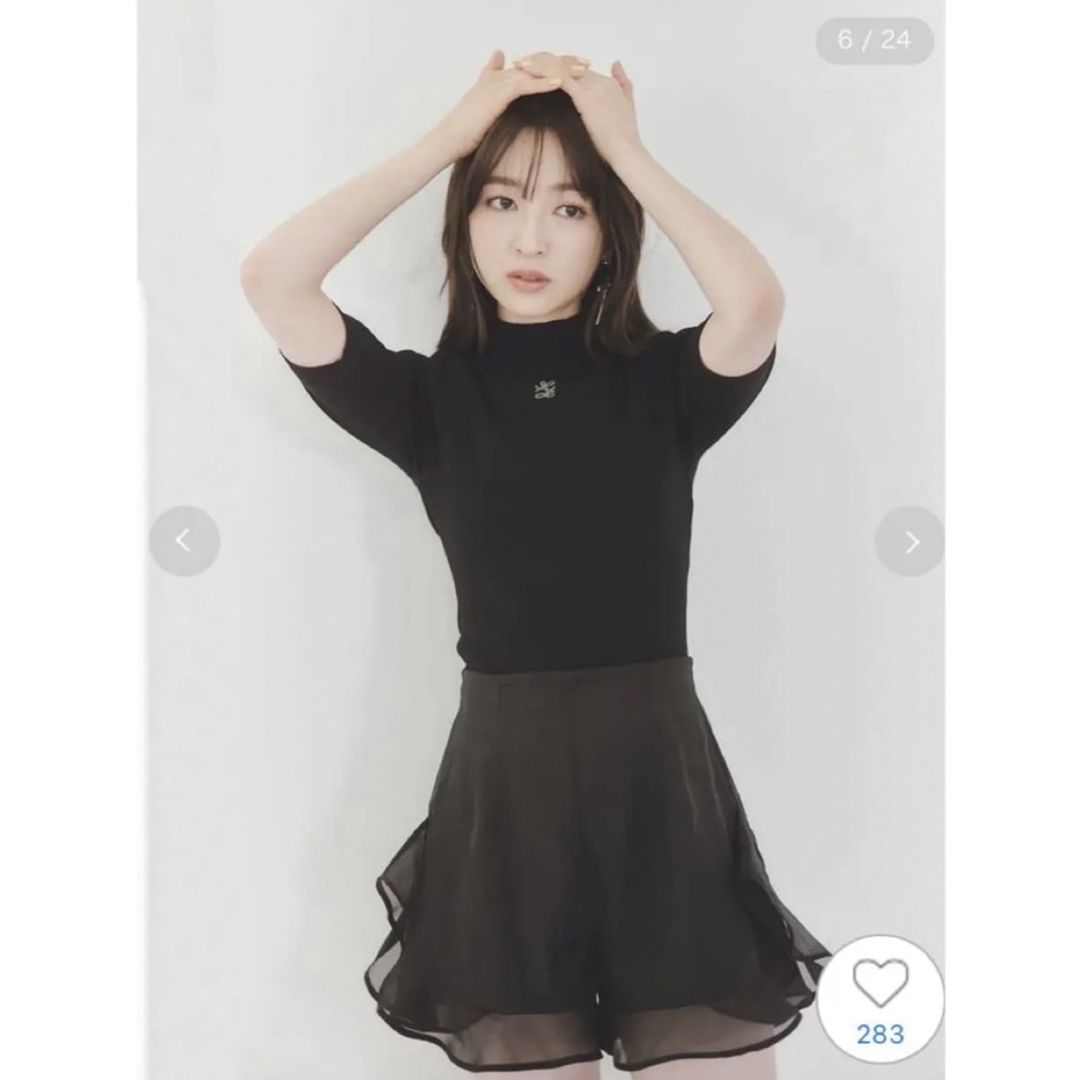
snidel オーガンフリルスカショーパン
j3b6d-627302565
¥ 6370.00
-
5

CLANEプリーツSK
Jaf7F-91960022
¥ 7480.00
-
6
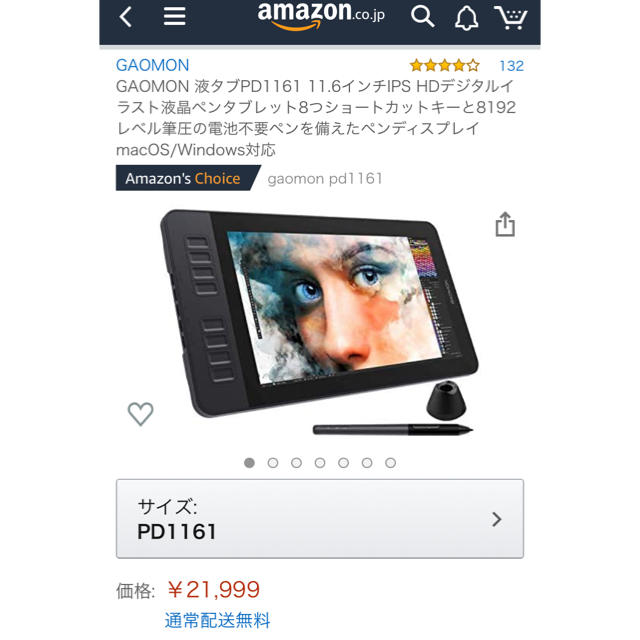
GAOMON PD1161 液タブ
sjCGb-333517572
¥ 9610.00
この商品を見ている人におすすめ
-
-
![ステューシー[STUSSY] Flannel Work JK](https://img.fril.jp/img/505289543/l/1500828595.jpg)
1nGB6-505289543
¥ 7800.00
-
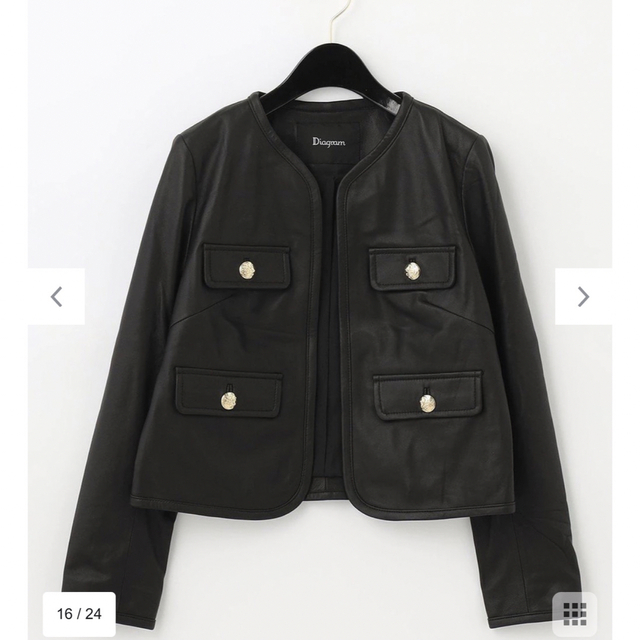
71SpT-576819371
¥ 26100.00
-

u2U5Y-165586845
¥ 13230.00
-
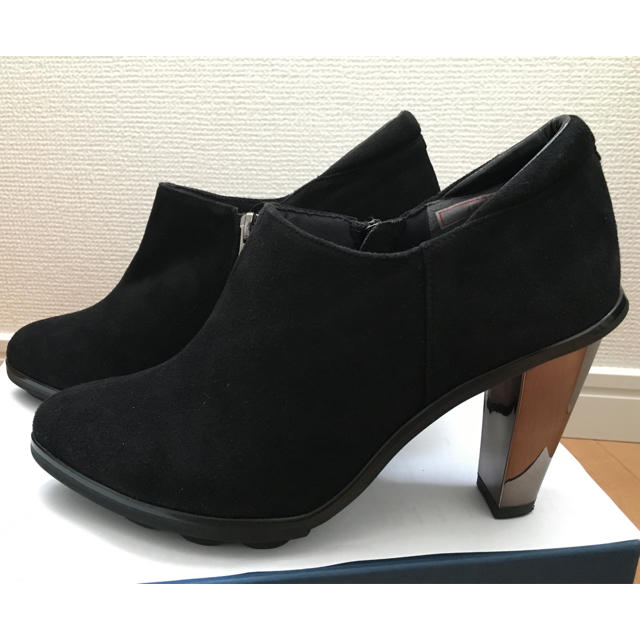
V7DiY-262278543
¥ 7800.00
-

6SqCk-507788599
¥ 8970.00
-
